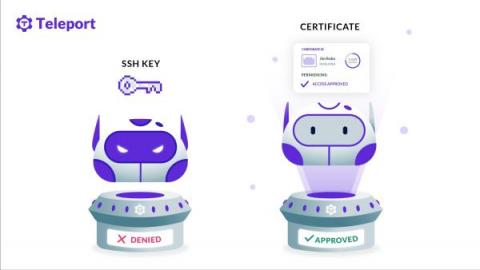Security | Threat Detection | Cyberattacks | DevSecOps | Compliance
DevOps
Enabling policy as code (PaC) with OPA and Rego
The Cambridge Dictionary defines a policy as: “a set of ideas or a plan of what to do in particular situations that has been agreed to officially by a group of people, a business organization, a government, or a political party.” And in the context of software development, your organization may have some rules about how a policy is built, configured, deployed, and used. Some examples of software policies include.
Securing a World of Physically Capable Computers with Bruce Schneier
Using Z3 Theorem Prover to analyze RBAC
Z3 is a satisfiability modulo theories (SMT) solver developed by Microsoft Research. With a description like that, you’d expect it to be restricted to esoteric corners of the computerized mathematics world, but it has made impressive inroads addressing conventional software engineering needs: analyzing network ACLs and firewalls in Microsoft Azure, for example.
Continuously Securing Software Supply Chain
The Big Fix 2022 - Getting Started Guide
Live Hacking: Find Vulnerabilities in Your Apps Before Hackers Do
Identity-Based Access for SSH
Lack of access accountability and unmonitored access create a considerable security risk for organizations, and the best way to mitigate this challenge is by implementing identity-based access.
Snyk Code scanning added to the Snyk Visual Studio extension
Snyk Code provides a new generation of static application security testing (SAST). It uses a unique process that uses machine learning to rapidly grow its knowledge base and a Snyk security engineer to assure the quality of the rules. As a result, the Snyk Code knowledge base grows exponentially and results in an industry-leading high accuracy. On top of that, Snyk Code provides real-time scanning so developers can use it right from their favorite IDE.











